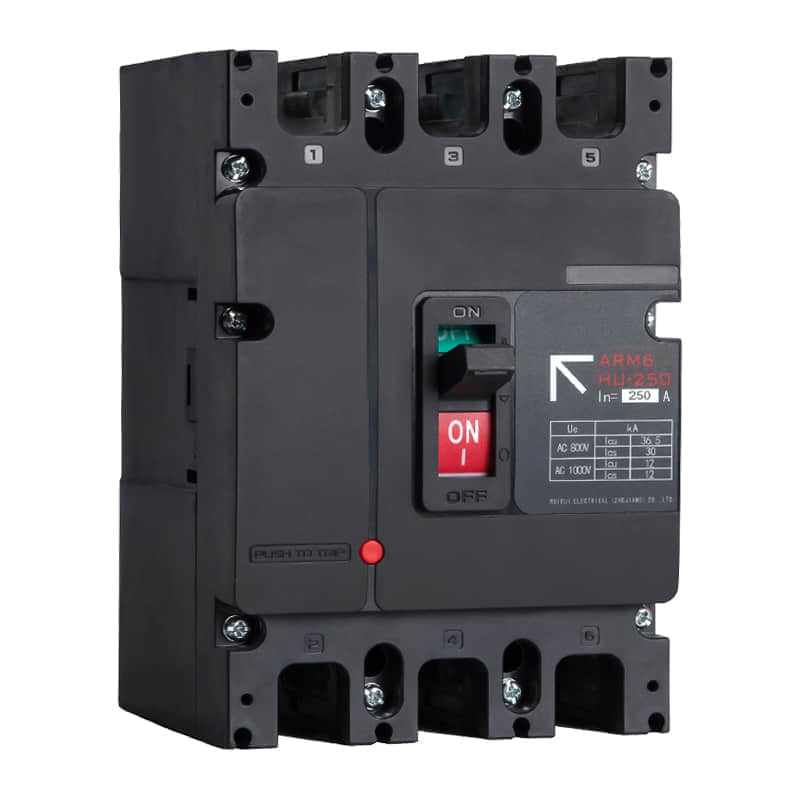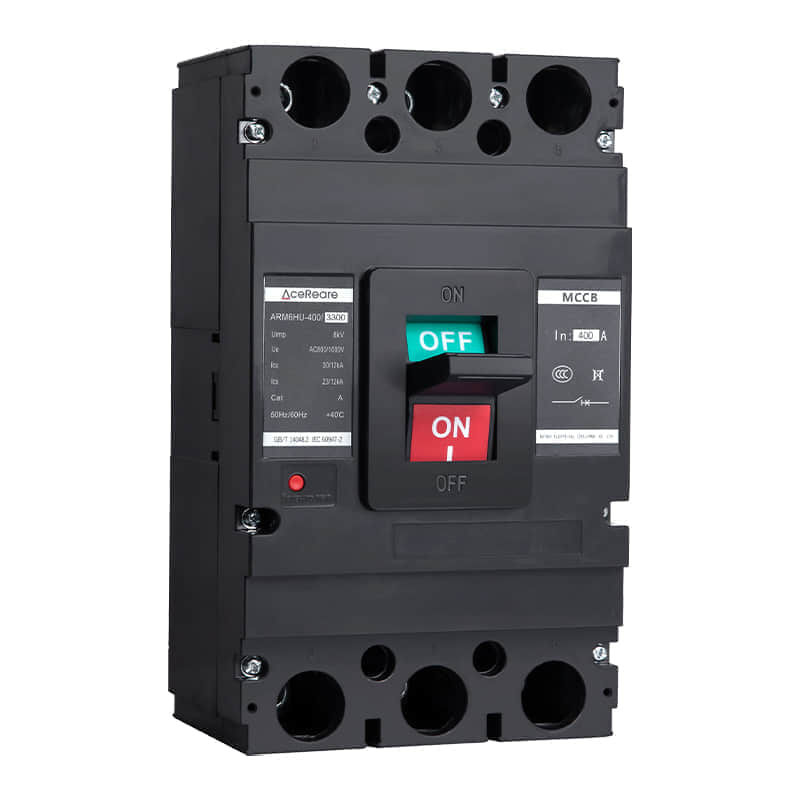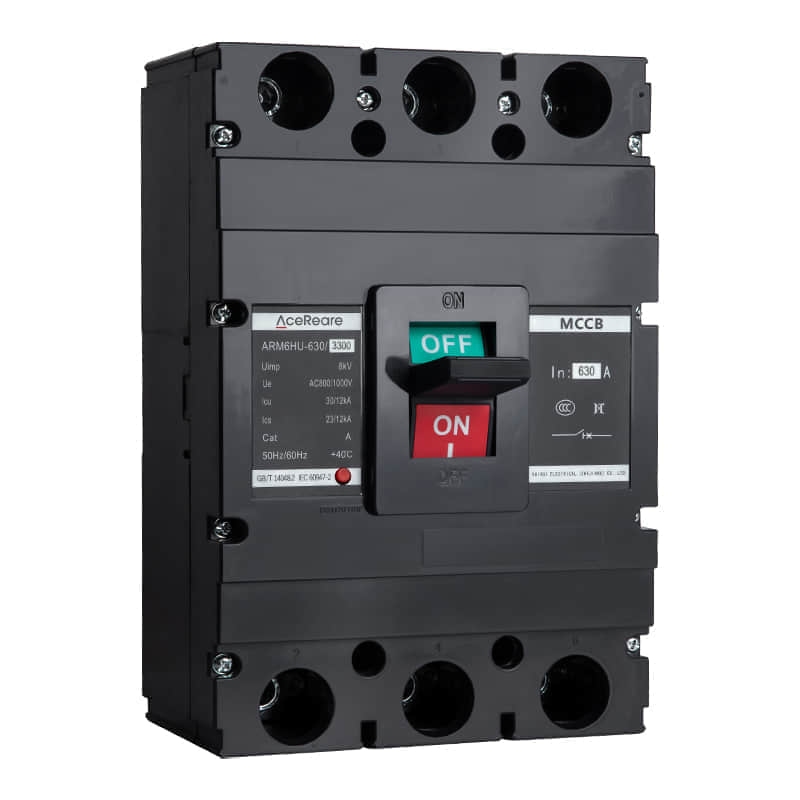Molded case switches, often referred to as MCCBs (Molded Case Circuit Breakers), are essential components in the world of electrical engineering and safety. These unassuming devices play a crucial role in protecting electrical systems, ensuring the safety of both people and equipment. In this article, we will delve into the world of molded case switches, exploring their functionality, importance, and the key considerations in selecting the right one for your application.

Understanding Molded Case Switches

Molded case switches are circuit protection devices designed to safeguard electrical circuits from overcurrents, such as short circuits and overloads. They come in various sizes, ranging from small switches suitable for residential use to robust units designed for industrial and commercial applications. The primary function of an MCCB is to interrupt the flow of electricity when it detects an abnormal current condition. This prevents potential damage to electrical equipment, reduces the risk of electrical fires, and ensures the safety of people working with or around electrical systems. Key Components and Features Molded case switches comprise several key components and features that make them highly reliable and versatile. Some of these include: Molded Case:The housing of the switch is typically made of high-quality insulating materials, providing protection against electrical arcing and environmental factors. Trip Mechanism:MCCBs are equipped with trip mechanisms that respond to abnormal current conditions. This mechanism includes thermal and magnetic trip elements that can detect and respond to overloads and short circuits. Adjustable Settings:Many MCCBs allow for adjustable trip settings, enabling customization based on the specific application and load requirements. Auxiliary Contacts:These additional contacts can be used to provide status information to control systems or to trigger other devices when the MCCB trips. Disconnect Handle:A visible and accessible handle is provided to manually turn the switch on and off, ensuring ease of operation and maintenance. The Importance of Molded Case Switches The significance of molded case switches cannot be overstated in electrical systems for several reasons: Safety:Molded case switches are at the forefront of electrical safety. Their ability to quickly disconnect power in the event of a fault prevents electrical fires and reduces the risk of injury. Equipment Protection:They protect electrical equipment and components from damage caused by overcurrents, potentially saving organizations substantial repair and replacement costs. Reliability:MCCBs are known for their reliability. They are designed to operate under various environmental conditions and can handle a wide range of currents. Compliance:Compliance with electrical codes and regulations is essential for safety and legal reasons. Using MCCBs that meet the necessary standards is crucial in this regard. Selecting the Right MCCB Choosing the right molded case switch is vital to ensure optimal performance and safety. Consider the following factors when selecting an MCCB: Current Rating:Determine the maximum current that the MCCB will need to handle to prevent overloading. Voltage Rating:Ensure that the MCCB’s voltage rating matches the system voltage. Trip Characteristics:Select the appropriate trip characteristics (thermal, magnetic, or a combination) based on the application and load type. Environmental Conditions:Consider the operating environment, including temperature, humidity, and potential contaminants. Certifications:Ensure that the MCCB complies with relevant industry standards and certifications. Accessories:Explore additional features and accessories, such as shunt trips, undervoltage releases, and auxiliary contacts, to enhance functionality. In conclusion, molded case switches are the unsung heroes of electrical safety and control. They provide the necessary protection to keep our electrical systems running smoothly while safeguarding people and property from potential hazards. Choosing the right MCCB for your application is a critical decision, and understanding their functionality and features is the first step towards ensuring a safe and efficient electrical system.
